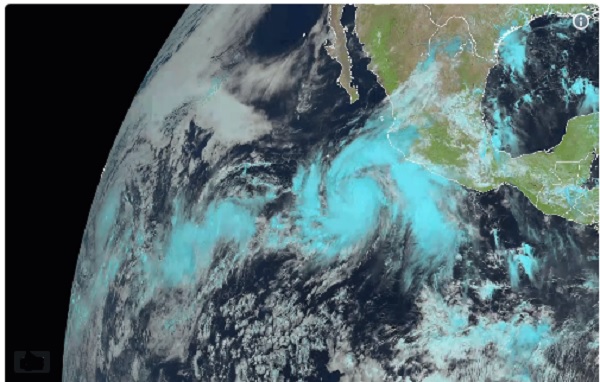The National Office of Oceanic and Atmospheric Administration (NOAA), warned that global warming and the transition from El Niño to La Niña will favor a “hyperactive” hurricane season, with cyclones that could intensify quickly and reach major categories, both in the Atlantic and the Pacific oceans.
The National Oceanic and Atmospheric Administration (NOAA) issued an alarming warning this Thursday: the United States could face one of the worst hurricane seasons on record.
The agency forecasts between 17 and 25 tropical storms, of which between 8 and 13 could become hurricanes, and between 4 and 7 could be major hurricanes, according to The Washington Post. The combination of warm temperatures in the Atlantic Ocean and a decline in the El Niño phenomenon suggests a “hyperactive” year.
NOAA considers there is an 85% chance that the season will be above average. This would be the eighth season in the last ten years to exceed the average number of storms recorded between 1991 and 2020.
Matthew Rosencrans, NOAA’s lead hurricane season forecaster, explained that the waters of the tropical Atlantic are “dramatically” warmer than 19 years ago, already reaching typical August temperatures. Additionally, new research indicates that cyclones are intensifying three times faster compared to previous decades as they approach the coast.
Global warming, driven by man-made greenhouse gases, is one of the main causes of this trend. Each mega storm that has been enhanced by a warming planet reinforces the evidence of the increasing risk of hurricanes.
Recent research has shown that storms are intensifying faster near the coasts of the United States and East Asia, a phenomenon that may be due to decreasing wind shear and increasing relative humidity as the land warms. warms faster than the oceans.
Some storms have been so severe that it has been suggested that they be considered a Category 6 on the Saffir-Simpson hurricane scale.
San Miguel Times
Newsroom

